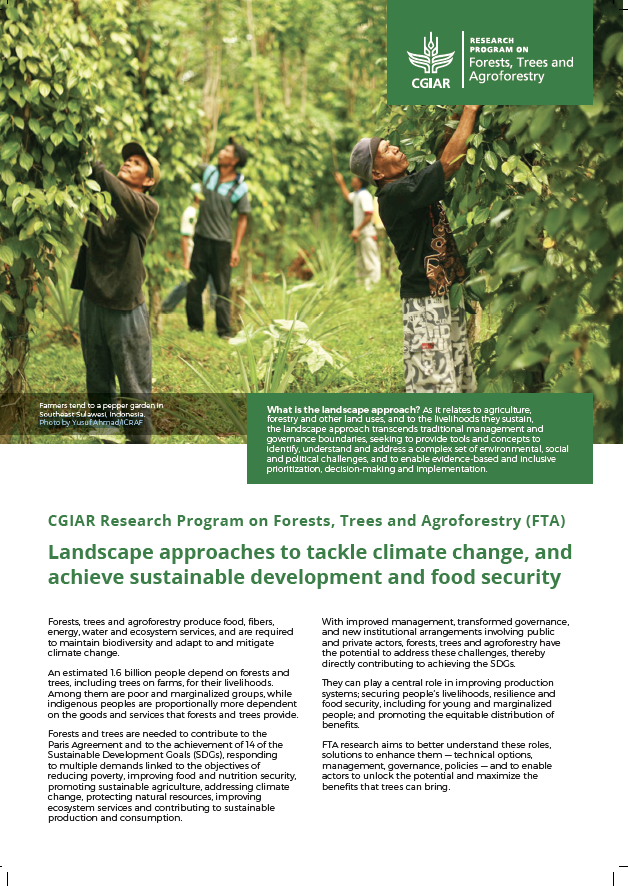Smallholder farmers in northern Ghana and southern Burkina Faso manage the forest–farm interface, which comprises a complex mosaic of cultivated fields and fallows mixed with useful trees, parklands, remnant woodlands and forest reserves. The functions of these diverse multi-use landscapes are not always apparent to outsiders, and local people often lack tools and opportunities to explain these systems or articulate the challenges they face. To address this knowledge gap, the West African Forest–Farm Interface (WAFFI) project introduced participatory action research (PAR) to facilitate social learning and catalyze knowledge sharing. PAR is an iterative method of learning that involves local people in the design of research and facilitates their participation in observation, experimentation, reflection and interpretation of findings to aid in decision-making.
Key messages
- PAR can build the capacity of local participants to engage with other stakeholders and articulate their agenda for inclusion in discussions and development planning with policy makers and researchers.
- A key goal of PAR is to focus participants on the learning process. Therefore, PAR activities use a ‘learning by doing’ approach, including simple data-gathering tools – such as structured observations, note-taking and participatory mapping – to collect relevant information, followed by group analysis of the observations, and then reflection and discussions to make informed collective decisions on ways forward.
- So far, the PAR process has empowered women to focus on issues that are important to them, e.g. changing access to tree products such as shea nut, conflicts of use related to important forest products and increasing scarcity of fuelwood.
Authors:
Evans, K.; Cronkleton, P.; Addoah, T.; Zida, M.; Basefeli, S.; Afagachie, K.
Subjects:
farmers, small scale farming, livelihoods, forests
Publication type:
Brief, Publication
Year:
2019







